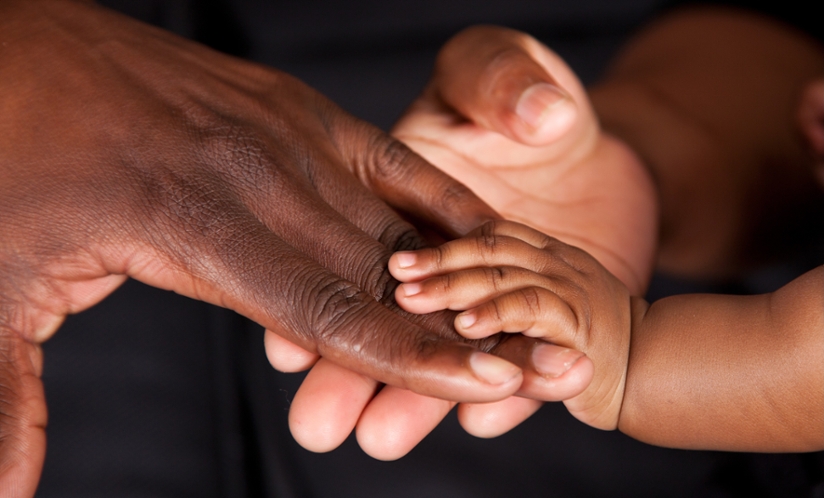Cash Transfer Programs Could Prevent Low Birthweight Occurring During High Temperatures

Pregnant women and infants in low- and middle-income countries are doubly susceptible to the risks of a warming world, yet studies on the impacts of heat on these populations are limited. A recent, Rollins-led study published in BJOG: An International Journal of Obstetrics and Gynaecology, was the first to look at the role of cash transfer programs (programs that provide cash assistance to impoverished enrollees) on reducing the effects of climate change on low birthweight.
How the study was conducted
This retrospective cohort study looked at birth outcomes of 3,016 infants born to mothers enrolled in the Livelihood Empowerment Against Poverty (LEAP 1000) program between 2015 and 2017, residing in five rural districts of northern Ghana.
What the researchers found:
- Higher ambient temperatures in the year before birth increased the risk of low birthweight in infants.
- Heat exposures in late pregnancy were most impactful.
- Cash transfers were protective against the impacts of heat on low birthweight risk.
“These cash transfers were unconditional, in that the women could spend them however they needed. So, if heat affected their water or food security, they could use the money to buffer against that,” says Sarah LaPointe, PhD, first author on the article. “Evidence from the LEAP 1000 impact evaluation found that the cash transfers increased spending on agricultural inputs, which is one way the cash may have protected these women and their infants from the adverse effects of heat on crop production. Additionally, many of these households rely on pregnant women working through their pregnancies, so it is possible that the cash allowed these women to avoid strenuous work in the fields, enabling them to have healthier pregnancies.”
What is low birthweight and why does it matter?
- Low birthweight is considered below 5 pounds, 8 ounces
- Infants born with a low birthweight are at a greater risk of death while they are infants and face increased risk of disability and disease from childhood through adulthood.
- More than 90% of low birthweight infants are born in low- and middle-income countries, with 25% born in Sub-Saharan Africa.
- About 80% of neonatal deaths occur among low birthweight infants
- While low birthweight infants are disproportionately born in low- and middle-income countries, it is a global problem.
- According to March of Dimes, about one in 12 babies born in the United States (or 8%) is born with low birthweight. The odds of low birthweight increase if broken down further by race: One in 7 Black babies in the United States (13%) are born with low birthweight.
A global issue
“I think many working in this space are acutely aware that no matter where you live, poverty is a strong predictor of susceptibility to the impacts of climate change,” says LaPointe. “Adaptation approaches need to be equitable in that they need to consider differences between populations and how those differences warrant alternative strategies for adaptation. That is as true in these rural villages of West Africa as it is in the United States and elsewhere.”